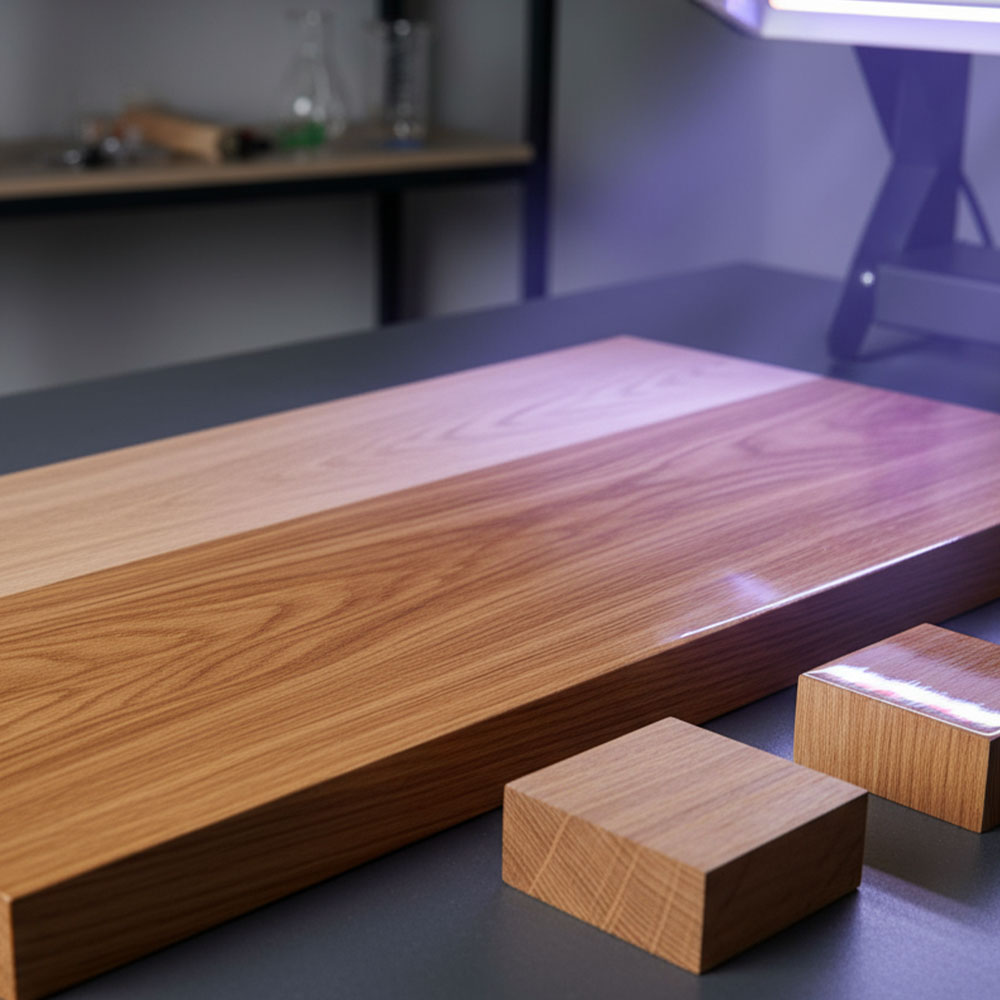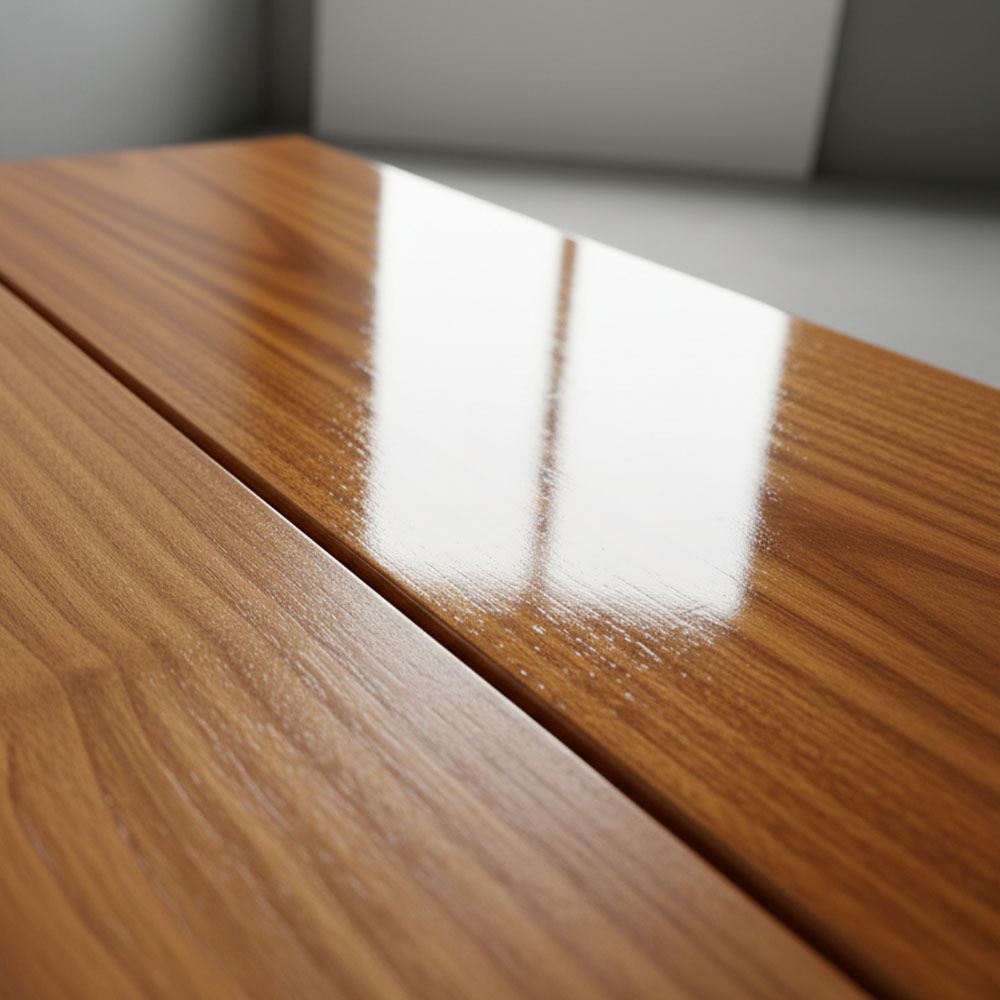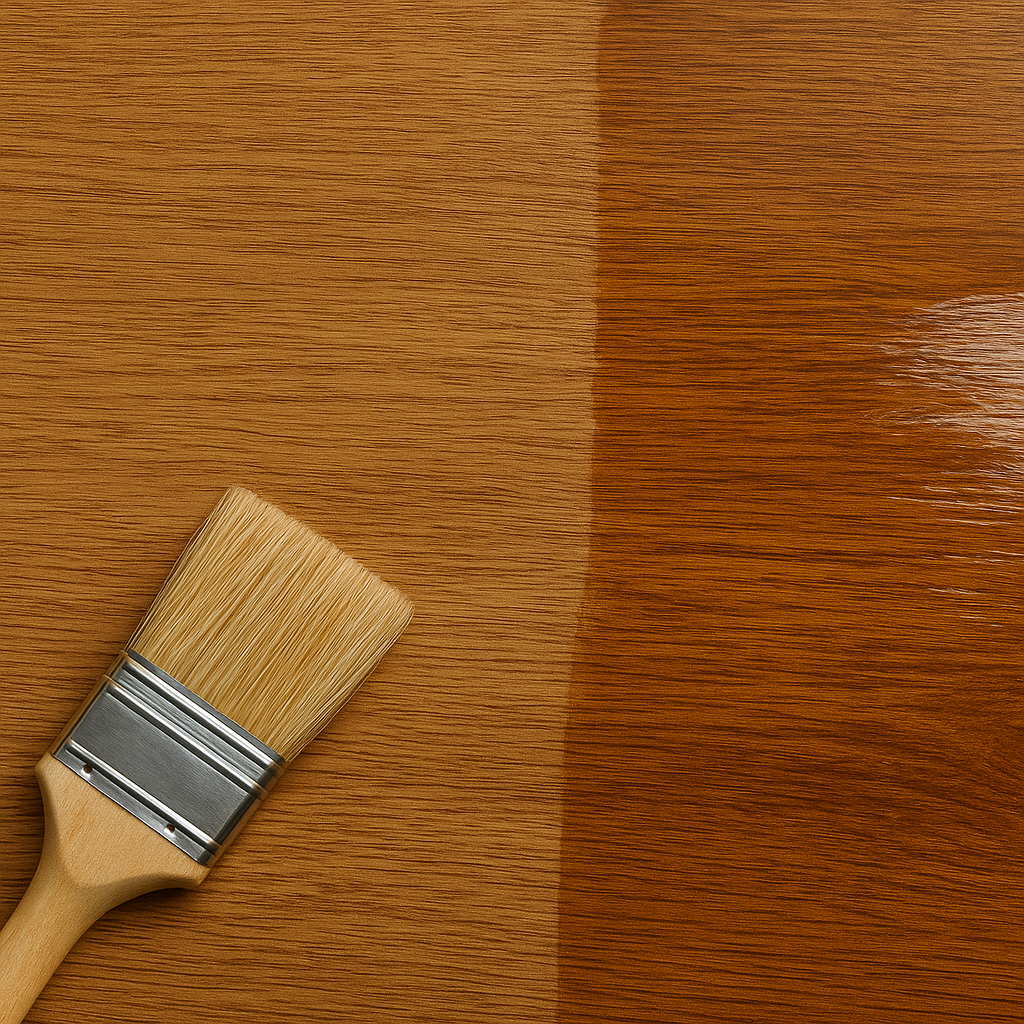Top 5 Mistakes to Avoid When Using PU Casting Resin
A technical guide to achieving consistent, high-quality polyurethane castings
Introduction
Polyurethane (PU) casting resin has become a preferred material for small-batch manufacturing, prototyping, and industrial part fabrication due to its rapid cure time, mechanical robustness, and versatility. However, despite its advantages, improper handling or setup can result in defects, material waste, or subpar performance.
This guide outlines the five most common mistakes encountered when working with PU casting resin — and provides practical solutions to help engineers, fabricators, and makers avoid them.
-
Incorrect Mix Ratio or Poor Mixing Technique
🔍 What goes wrong:
Failing to adhere to the specified mix ratio of Part A (resin) and Part B (curing agent) — or mixing them inadequately — can cause incomplete curing, soft spots, or surface tackiness.
🛠 How to avoid:
Always mix by weight, not by volume, unless explicitly permitted by the manufacturer.
Use a precision scale accurate to 0.1g or better.
Stir components thoroughly using a flat-edge stirrer, ensuring material is scraped from the sides and bottom of the container.
Avoid incorporating excess air during mixing.
-
Operating Outside Optimal Environmental Conditions
🔍 What goes wrong:
Casting in environments that are too cold, too humid, or subject to temperature fluctuations can affect polymerization kinetics and final part performance.
🛠 How to avoid:
Maintain ambient temperature within the 20°C to 30°C (68°F to 86°F) range.
Precondition all materials and molds to room temperature.
Avoid casting in high humidity areas — moisture can trigger foaming or bubbling in some isocyanate-based systems.
-
Inadequate Air Bubble Management
🔍 What goes wrong:
Air bubbles trapped during mixing or pouring compromise the structural and cosmetic quality of the final part, especially in thin-walled or highly detailed molds.
🛠 How to avoid:
Mix components slowly and consistently to reduce air entrainment.
Where possible, degas the mixed resin using a vacuum chamber (~29 inHg for 2–3 minutes).
Pour resin into the mold in a thin, steady stream from a height, and always from one corner to minimize turbulence.
-
Improper Mold Preparation and Release Application
🔍 What goes wrong:
Resin can bond to the mold surface or cure with surface defects if the mold is not properly cleaned or release agents are misused.
🛠 How to avoid:
Use only clean, dry, and stable molds made of materials compatible with PU resin.
Apply a high-performance mold release agent designed for polyurethane systems.
Let the release agent fully dry or cure before pouring the resin to avoid residue or cloudiness.
-
Neglecting Safety and Chemical Handling Best Practices
🔍 What goes wrong:
PU resins can release fumes during curing, and direct contact may cause skin irritation or sensitization — especially during frequent use.
🛠 How to avoid:
Work in a well-ventilated area or under a fume extraction system.
Wear appropriate PPE: nitrile gloves, safety goggles, long sleeves, and, if needed, a respirator.
Store resin components in sealed containers away from moisture, UV light, and heat sources.
Conclusion
Polyurethane casting resin offers unmatched advantages for fast, repeatable, and cost-effective manufacturing — but only when handled with precision and care. By avoiding these common mistakes and following best practices, manufacturers can ensure consistent part quality, minimal waste, and safer working conditions.
📢 Need Technical Support or a Reliable PU Resin Supply?
We offer fast-curing polyurethane casting resins tailored for industrial prototyping, small-batch production, and model making.
🔗 View our product catalog


